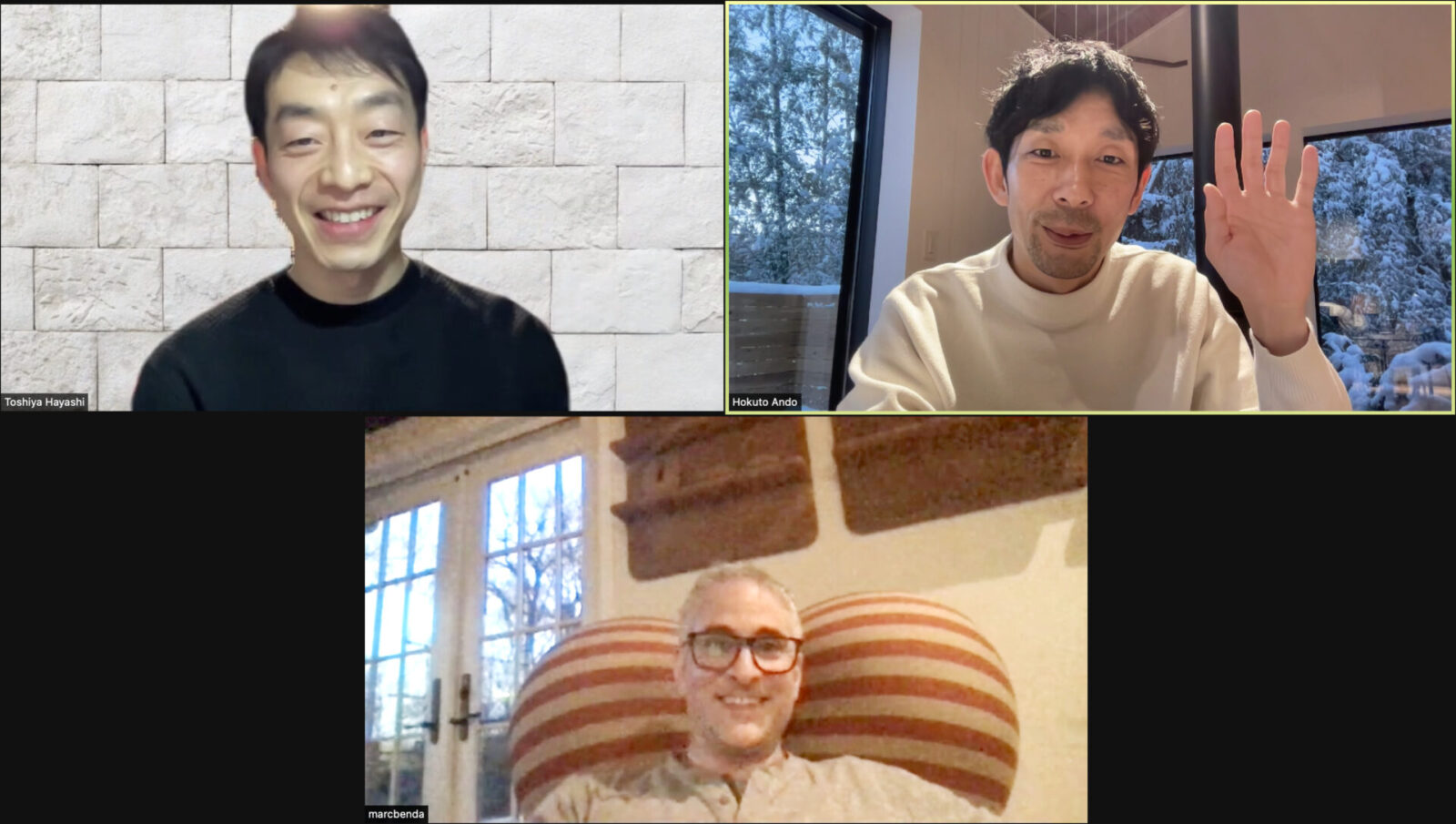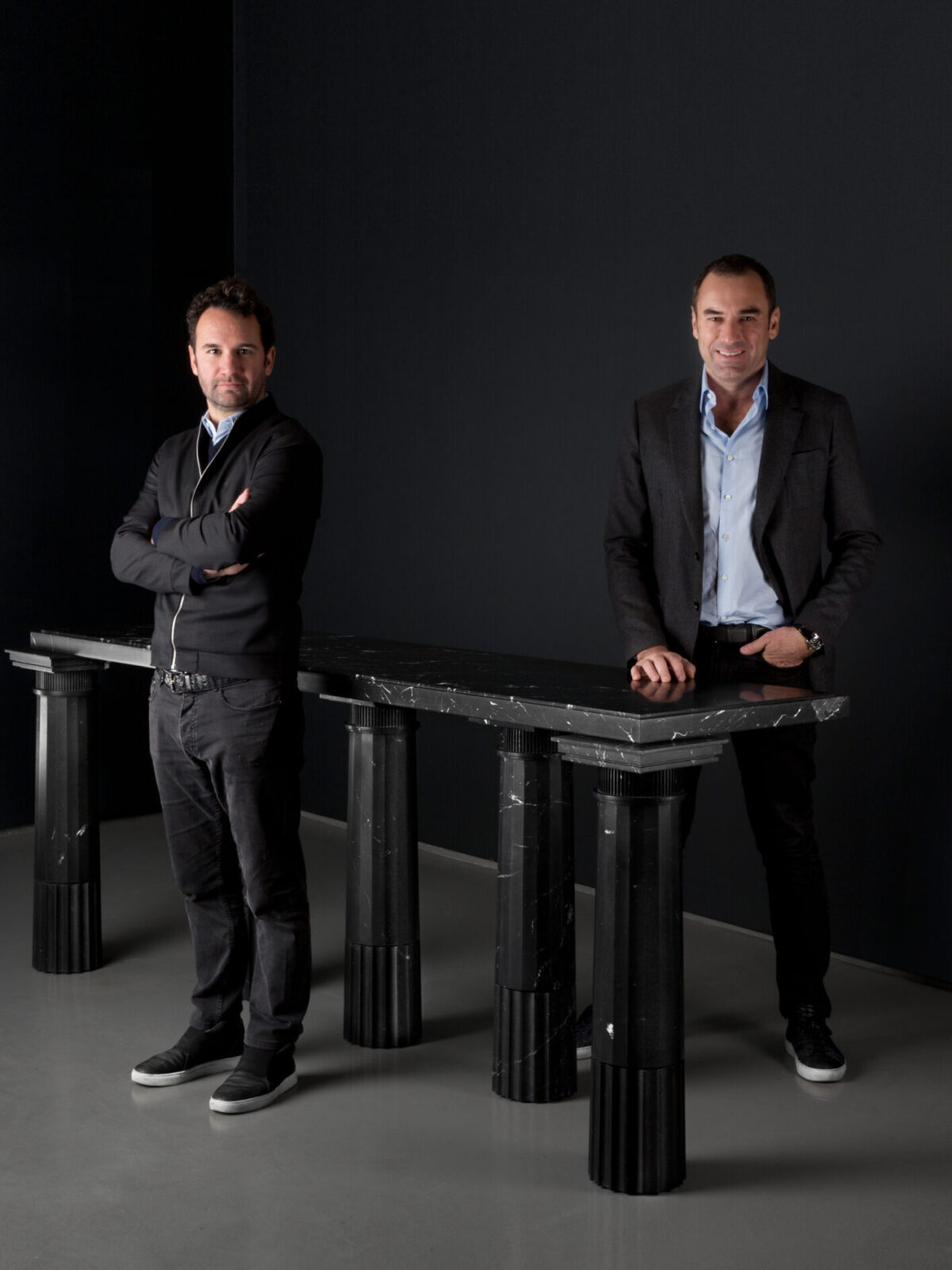Friedman Benda
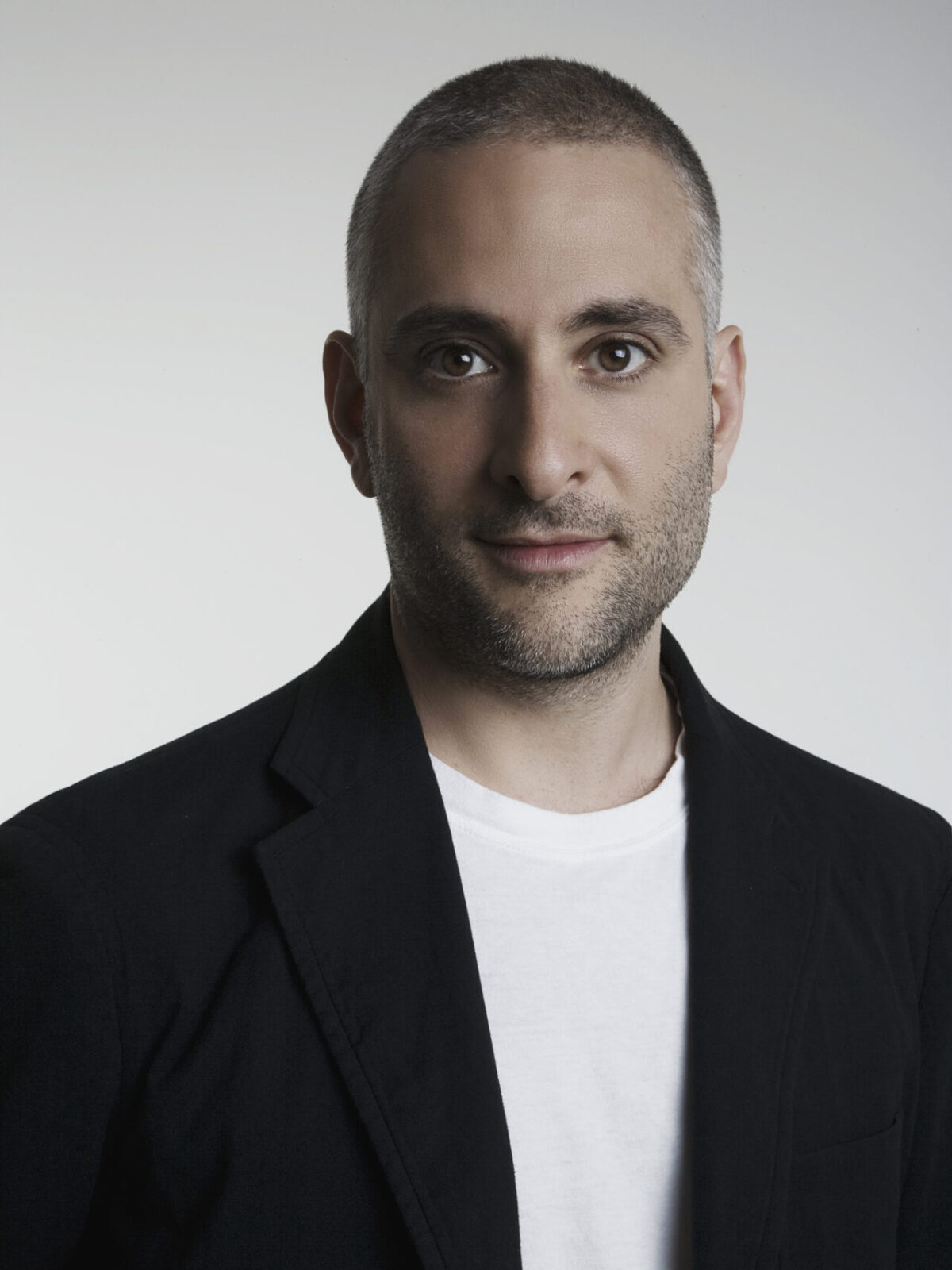
This time the guest is Marc Benda of Friedman Benda, based in New York and Los Angeles. He founded the gallery with Barry Friedman in 2007 and has been a driving force in the contemporary design market since its inception through a diverse range of activities including exhibitions, publications and collaborations with institutions. In April 2020, in the midst of the pandemic, he launched Design in Dialogue, a communication platform that has deepened the online dialogue with various designers and artists. A big fan of Tadanori Yokoo, Marc visits Japan every year and has worked closely with Japanese designers and artists such as Tadanori Yokoo, Shiro Kuramata (After his death, the gallery handled many of his works) and nendo.
- Friedman Benda
Friedman Benda identifies and advances narratives that intersect contemporary design, craft, architecture, fine art, and cutting-edge research in technology. The gallery promotes synthesis between leading creative thinkers and makers by creating opportunities to advance new connections within the global design community. Friedman Benda takes a critical view of design history. We aim to expand the design dialogue from its established sources, exploring perspectives that were not common. Spanning five continents and four generations, Friedman Benda represents a roster of seminal established and emerging designers, as well as historically significant estates. With locations in New York and Los Angeles, the gallery’s exhibitions, publications and collaborations with institutions have played a vital role in the development of the contemporary design market and scholarship since 2007.
A platform for contemporary design that has never existed before
It is nice to meet you. We founded we+, a Tokyo based design studio. From collectible furniture to installations, we strive to create a new and intimate relationship between humans, nature, and the surrounding environment. We use natural phenomena to inspire our works. To give you examples, we created a series of lighting and vases to represent the flow of water [Swirl], and a chair to symbolize the process of drying [Drought].
Nice to meet you. I would like to start with a brief introduction of myself. Actually, I spent a lot of time in Japan. I have been visiting the country once or twice a year since 2005. I work with many artists here.
You also worked with Nendo? Who else have you worked with?
Do you know Tadanori Yokoo? I am a big fan of his works and met him for the first time when I went to Japan for my honeymoon. We then started working together. Our families still have a very good relationship. It has also been a long time since I worked with Shiro Kuramata’s office. I don’t know him directly, but he is a wonderful person. This is the only artist I haven’t met in person that I have represented.
I see! So let’s start the interview. First, I would like to know some information about the gallery. Friedman Benda was founded in 2007. At that time, the contemporary design market was not as popular as it is today. How did you start the gallery and what was the concept behind it?
I was very passionate about art and design from a young age and have been buying and selling artworks since the mid-90s. In 2002, after finishing my studies, I came to New York to work with the legendary gallerist Barry Friedman. At that time, there were no galleries for contemporary design in New York. I think there were very few in the world. So we built a program for a contemporary design that was similar in approach to the way we presented living artists. Most design galleries existed as more production houses that had a retail operation, so it was a very new approach. The first few years, we exhibited inside Barry Friedman’s gallery, which also featured Art Deco, Art Nouveau and the work of Gerrit Thomas Rietveld among many other things, so I felt we needed a more focused platform, so we moved to Chelsea and started Friedman Benda.
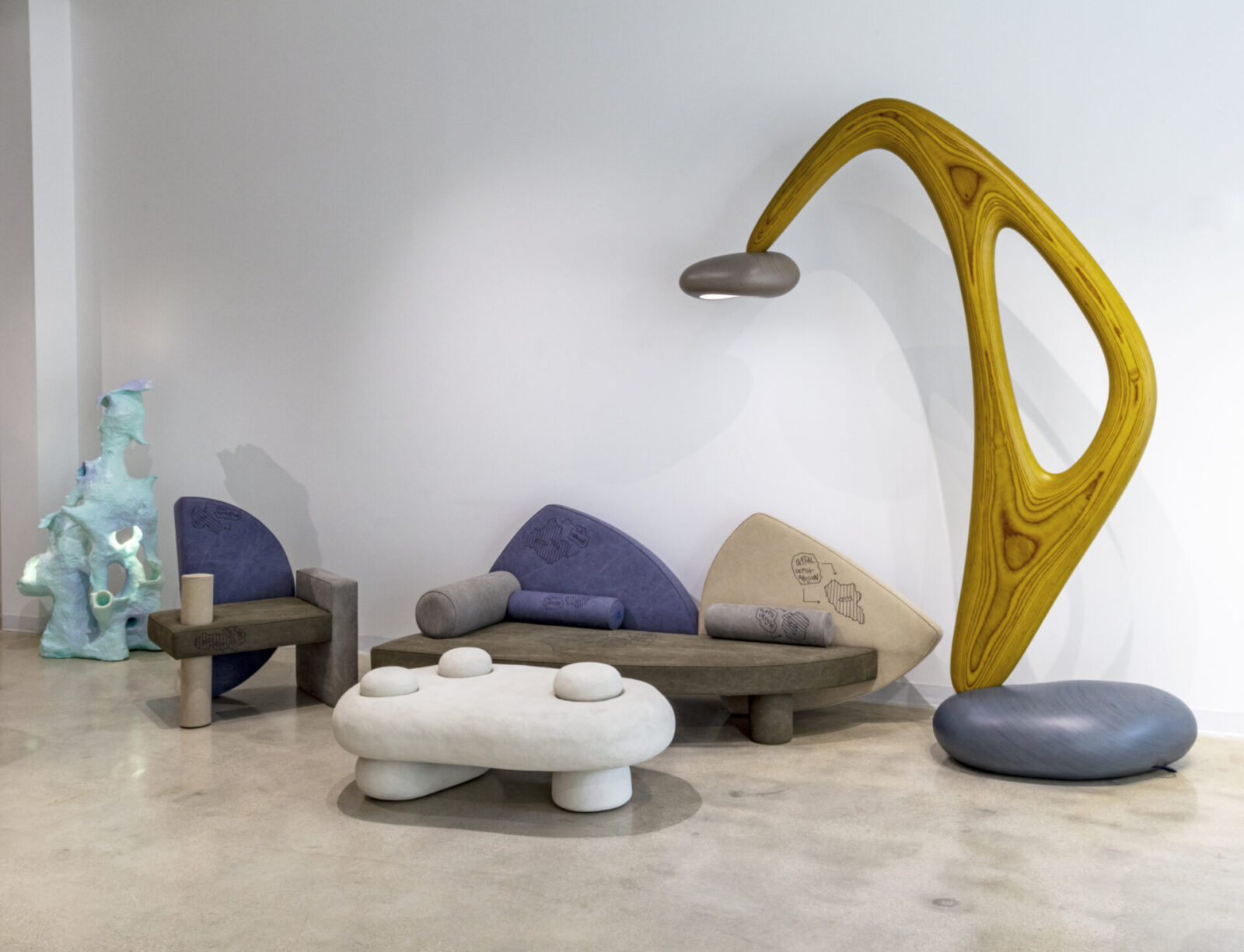
Photography by Jill Peters
To create a place where you can hear designers words, their philosophy and learn from them
During the pandemic, since April 2020, Friedman Benda has been providing a meeting place for the design community under the title Design in Dialogue. You wrote that it was an opportunity to explore the breadth and diversity of design, are there any memorable episodes that stand out in your mind and influenced the work of the gallery?
At the time, people could only have contact with their families or were left alone, and we felt the importance of human contact: you could listen to music on Spotify but not go to a concert, or watch TV but that wouldn’t be the same thing as going to the cinema. I think designers have realised the same thing. Sometimes an artwork is evaluated and described solely on the basis of a photograph, but the audience does not receive it in the same way as when they see the real artwork. The object is designed to interact in some way with the human body and mind. When the lockdown took place, we made some very important decisions. One of them was to continue every commitment we made to artists to produce a piece as a gallery. We decided that as long as the artists could produce work, we would fully support them, even if the world fell apart. The other was to decide how we were going to use the Internet. At that time, many galleries started doing online viewing rooms to sell their works. But we felt it was not the right way to keep a dialogue with our community. When we hold an exhibition in a real gallery, about 1,000 visitors see the show and 20-30 of them buy the works. The absolute majority of the people consume the show, and they interact with the show. But this does not happen in a viewing room. Thus, wanting to use this moment when most designers and artists were at home, unable to get out, we established with curator and historian Glenn Adamson a list of designers, architects and artists we would like to talk to. We started an online dialogue to give the audience a place to hear their philosophy and learn from them. If you really want to understand someone’s philosophy, you need to hear about it, but at the time there was very limited content like that. I think the most memorable moment came after a couple of sessions. At first, it was only people we knew, such as family and friends, but suddenly even people we didn’t know were watching. The content grew to 750,000 PV, indicating that the design community has a large audience. It was fascinating that Design in Dialogue has developed uniquely, and the gallery’s impact on the future was evident. It was a place for designers, artists and the community itself to represent themselves, and I think these talks were very valuable for the designers and artists who took part in them to formulate and to exchange in real time. I also think it was important to start providing a point of contact with designers, as there had been no real connection with them in our community.
The year 2020 has been very difficult, but it has also been a good opportunity to look back and forward.
There are times when it’s good to slow down and to rethink what you normally take for granted. You realize that they are not always so. I haven’t thought about these things for many years. It’s a good lesson.
Yes, I also used to listen to your program Design in Dialogue and the other designers’ Instagram Live.
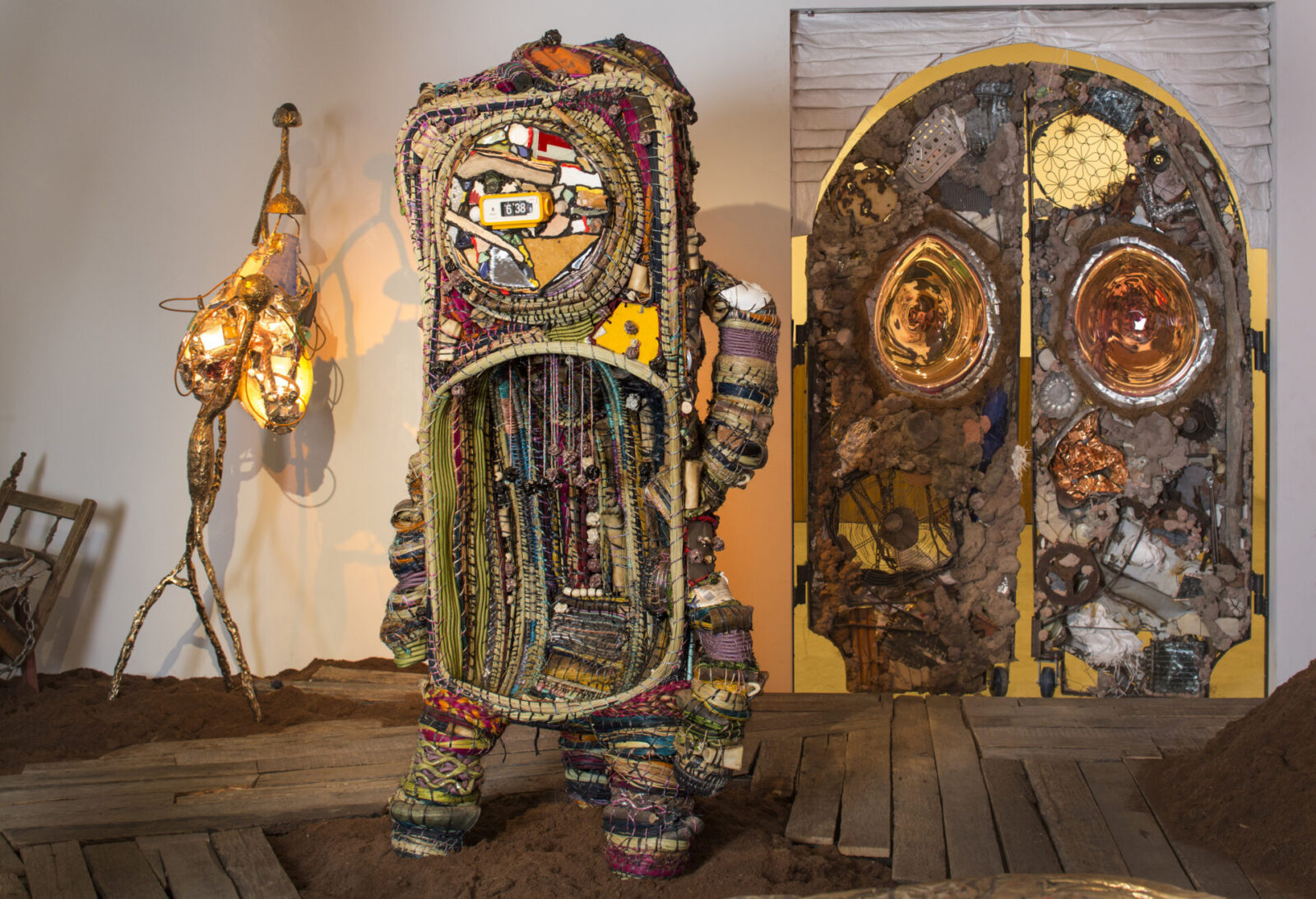
Photography by Dan Kukla
The feature of the Japanese design market
By the way, you said that Japanese architects and designers have had a great influence on European and American design since the late 20th century. On the other hand, the market for contemporary and collectible design in Japan is still very small and we want to develop it. What do you think of the design scene in Japan?
I think we are talking about two different aspects. One aspect is the genesis of the design and the manufacturing of it. And the other part is the consumption of it. This may be semantics, but I never call it collectible design because I think that the collectible aspect is negligible when you consider that there is a lot of culture and history underlying it, and that design reflects our society and philosophy. I think of the market and creation separately, and when it comes to the market, as far as I know, most Japanese homes are much smaller than in other countries. Japanese don’t move very often, and even if they are very wealthy, they don’t necessarily live in huge homes. Americans, on the other hand, move a lot and build new houses. Many of our clients have multiple homes. I also think that the Japanese are thoughtful and live with things longer and more carefully than Western cultures. I want to stay away from generalizations, but in my experience, Japanese collectors are much more rational than Westerners. Westerners buy art and design that disrupts, challenges and questions their thinking, whereas Japanese clients are very practical and want a comfortable sofa for their family to sit on, not a sculpture that reflects them. A good design exhibition in the museum of Japan attracts more people than I have ever seen in the West, but the work on display is not related to themselves. The work is amazing, but they don’t think about putting it in their home in that sense. I think it’s also a matter of how deeply modernism is reaching into our psyche, and I feel that Japan has a very strong, rationalist, and modernist attitude in all its expressions from Buddhism to early modernism.
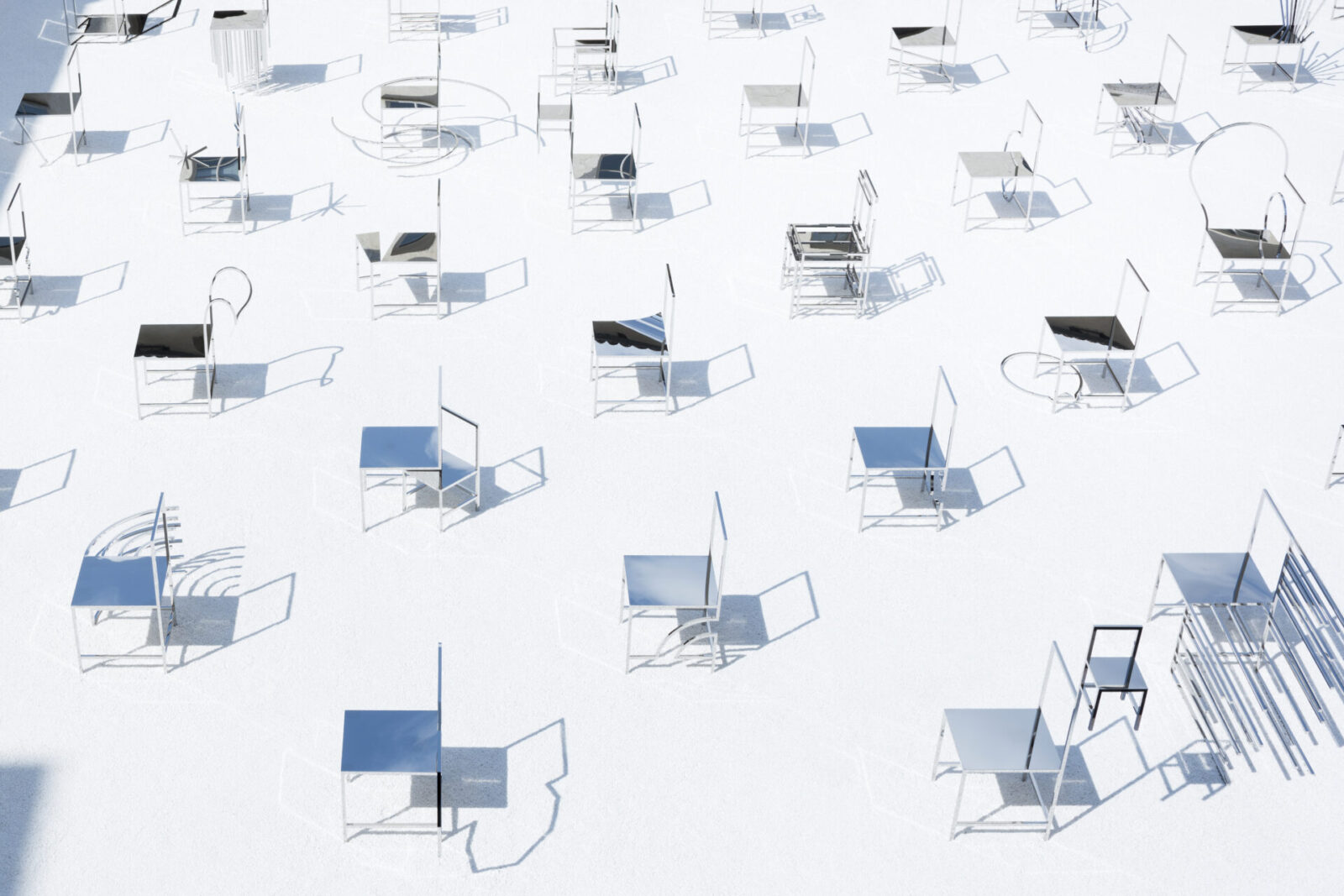
Photography by Takumi Ota
How to find new talents
That’s a very interesting story. How do you find new talents?
I’m a very curious person by nature, so it’s very natural that the more curious you are, the more you see and the more people you are in touch with, the more you’ll learn from dialogues. Education is where the majority of talents come from, so we keep in touch with many of the top schools. We also have an annual exhibition at the gallery with a guest curator, so we meet somebody new every year. Often, designers introduce me to other designers because a lot of designers are still involved in their schools. An example is my encounter with the British designer Paul Cocksedge. I was working a lot with Ron Arad, who teaches at the Royal College of Art, and he said to me, “There’s a student who absolutely stands out, you should meet him.” So I met him. Luckily, I have several people around me who bring me a lot of information.
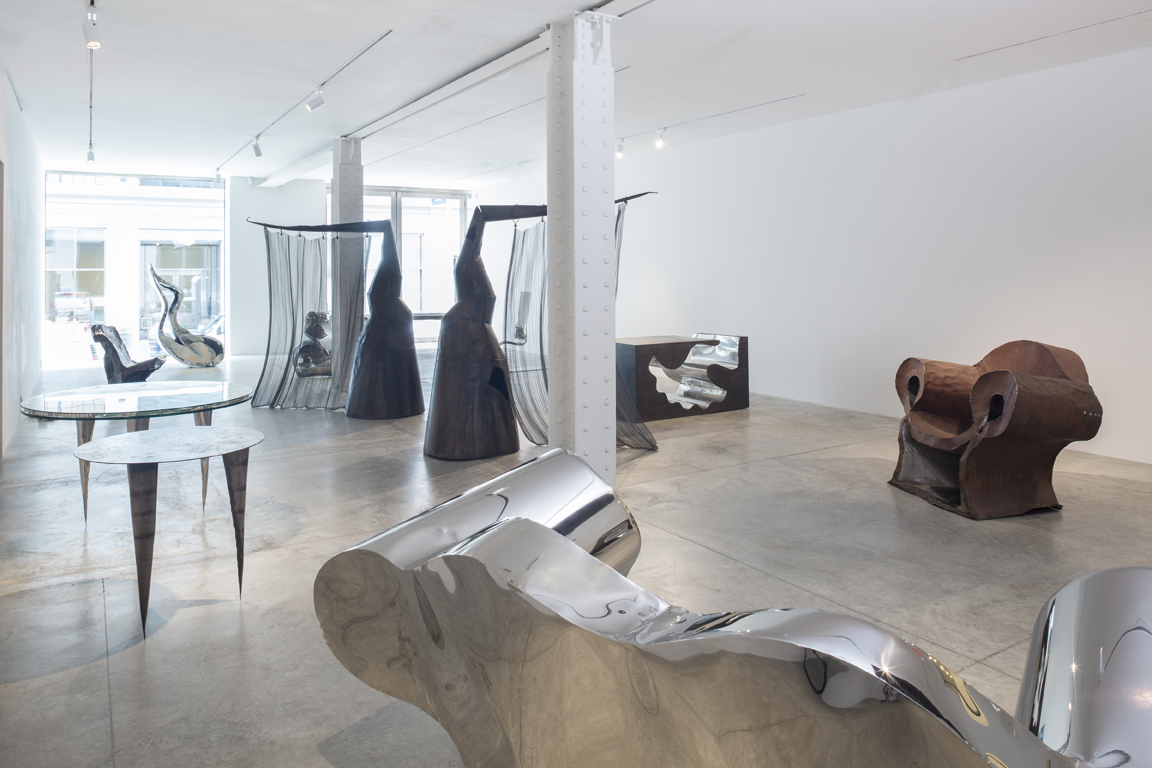
Photography by Daniel Kukla
What to expect from young designers
So people bring people. You also work with Japanese designers, what do you expect from young designers?
Expectations do not change according to region or country. This might surprise you but the most important thing is always the human component. I could meet the biggest genius ever and make more money with him than anyone else in the world, but if I don’t enjoy the relationship, it won’t work. You need to be able to trust and be open with each other. We also want all our designers to be completely authentic. I hope that we can learn from them, no matter how young, and that we can see genuine expression from their point of view.
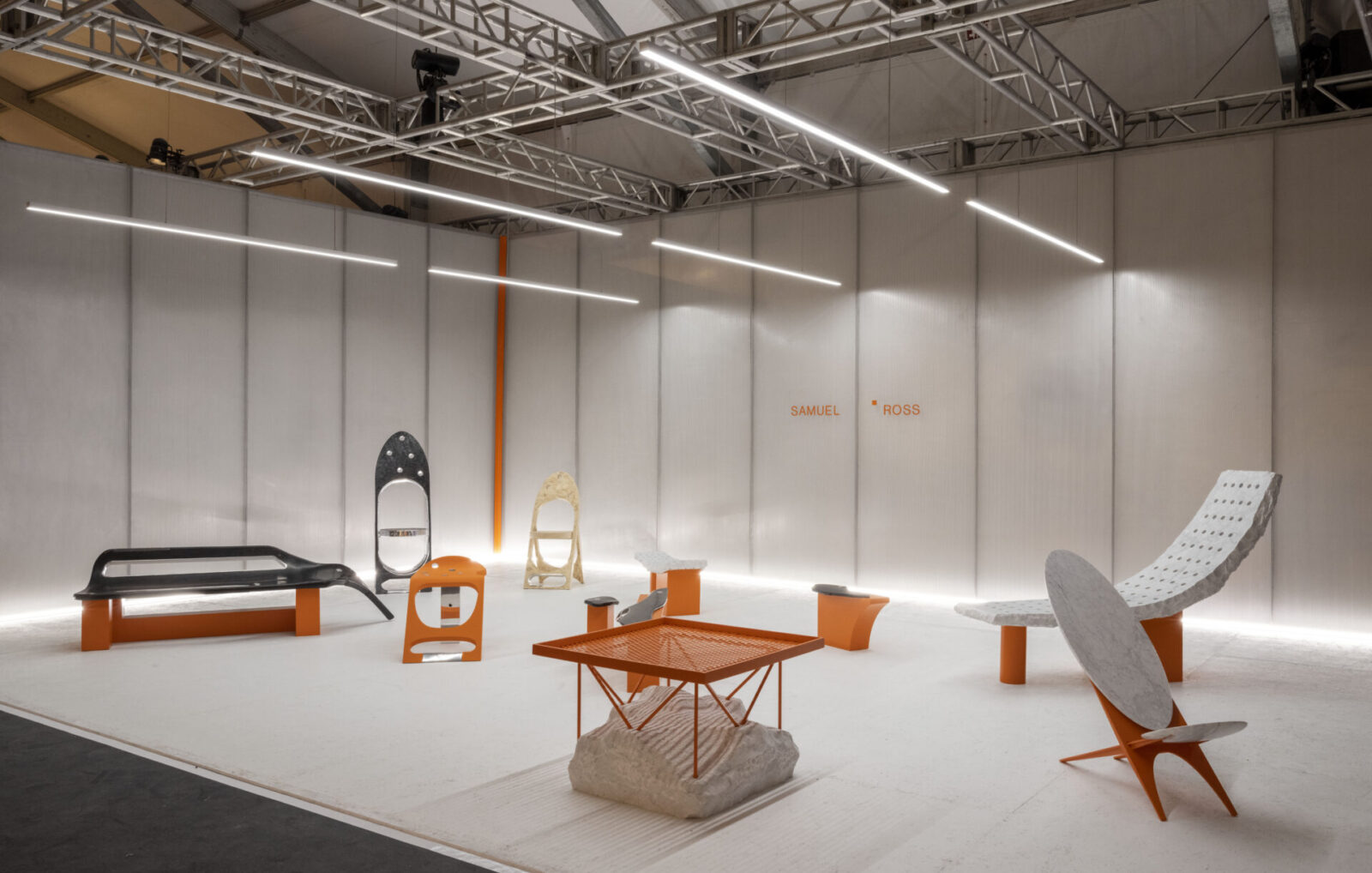
Photography by Oriol Tarridas
Design becomes a reflection of humanity and state of mind
How do you see contemporary design changing in the future?
I think that contemporary design has grown tremendously in stature. I don’t think it will grow as a monolith, I think it will dissolve into the art concept and also allow for craft and design, painting and sculpture, even though it is an independent category. In fact, it would be very hard to differentiate. On the other hand, I feel that the digital revolution is still not so far advanced: the 3D printer has completely changed the way we make things, but it is still in its beginning stage. At the same time, I think there is a counter movement. When photography came along, everyone thought that painting was over, but then instead it heralded the beginning of modern painting. I think the same thing will happen in the future with efficient creation. I think that young designers should ask themselves how they can go back to themselves and not think about how they can make things better and newer. What we have started to do in the last few years is to project a state of mind, based on an approach similar to that of contemporary artists, as opposed to finding new forms. The object we work with is a reflection of humanity, as opposed to so-called manufacture, and a search for identity itself. I also think that design as a discipline is based on tenets from many decades ago. In the world today, what is good design and what is good shape is based on the aesthetic ideas of very few cultures, Western Europe and America. Japan was almost singularly successful outside of America and Europe to add its own culture into it, but think of most of the countries in the world that I have not mentioned. East Asia, Africa and South America, have rich cultures and designers. That’s why I think it’s important to look at design around the world. They are different fields, but they overlap. I believe that the field of contemporary design will expand to include many new schools that we haven’t seen yet.
Thank you very much. Finally, do you have a message for the readers?
I have admired and been greatly influenced by Japanese architecture, design and craft. When I first discovered them, I realized how underdeveloped the West is in certain areas and how little we have explored the depths that Japan has developed with its crafts. Thank you very much for your time today. I look forward to seeing you in Japan next time.
